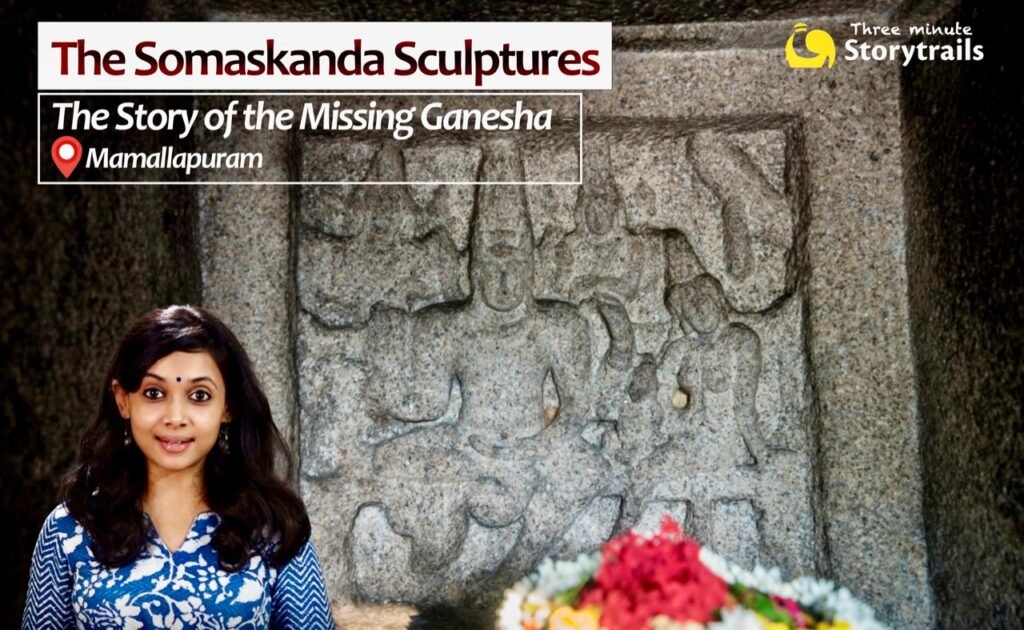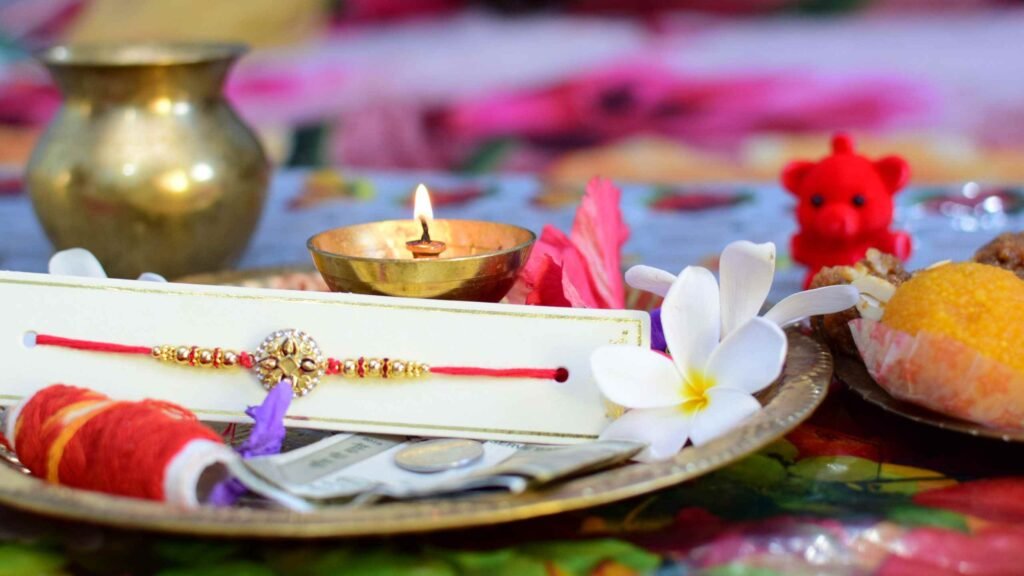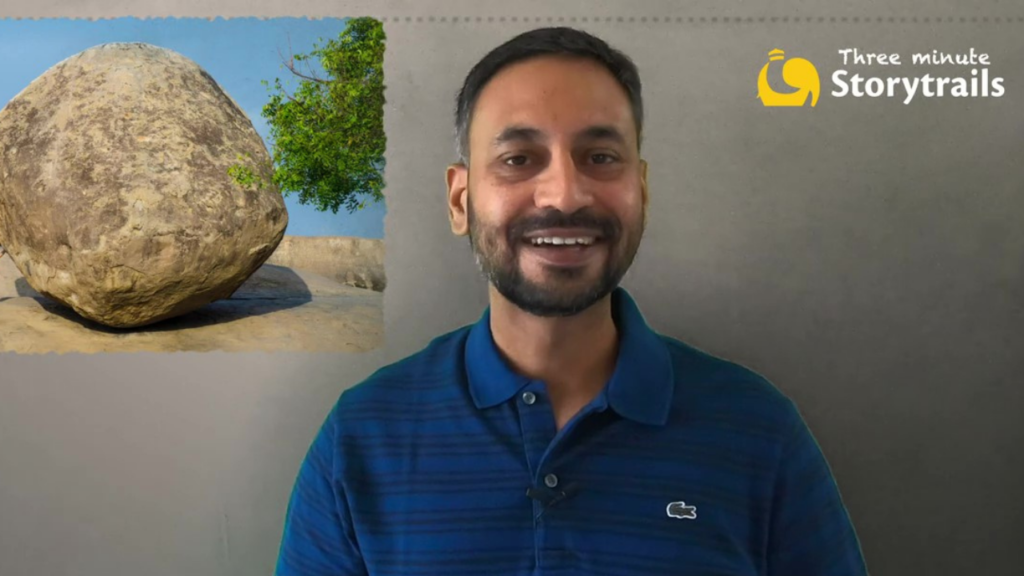When exactly does the new year begin? That depends on who is answering. For many North Indians, Diwali is New Year’s Day. But it falls on a different date each year. April 14th is Puthandu, Vishu, Baisakhi, and Bihu – the New Year’s Day for Tamils, Malayalees, Punjabis, and Assamese. But Ugadi and Gudi Padawa – the New Year’s Day for Telugus, Kannadigas and Marathis falls on a different date each year. How are these dates determined and why are calendars so different? This is the story of how ancient Indians and people across the world measured time.
Editing credits: Studio A, Chennai
Music, Sound Design, Mix & Master – S. S. Sriram (instagram.com/ss.sriram)
Illustrations: Vibha Surya
Wardrobe Sponsor – Rare Rabbit (https://thehouseofrare.com/)







